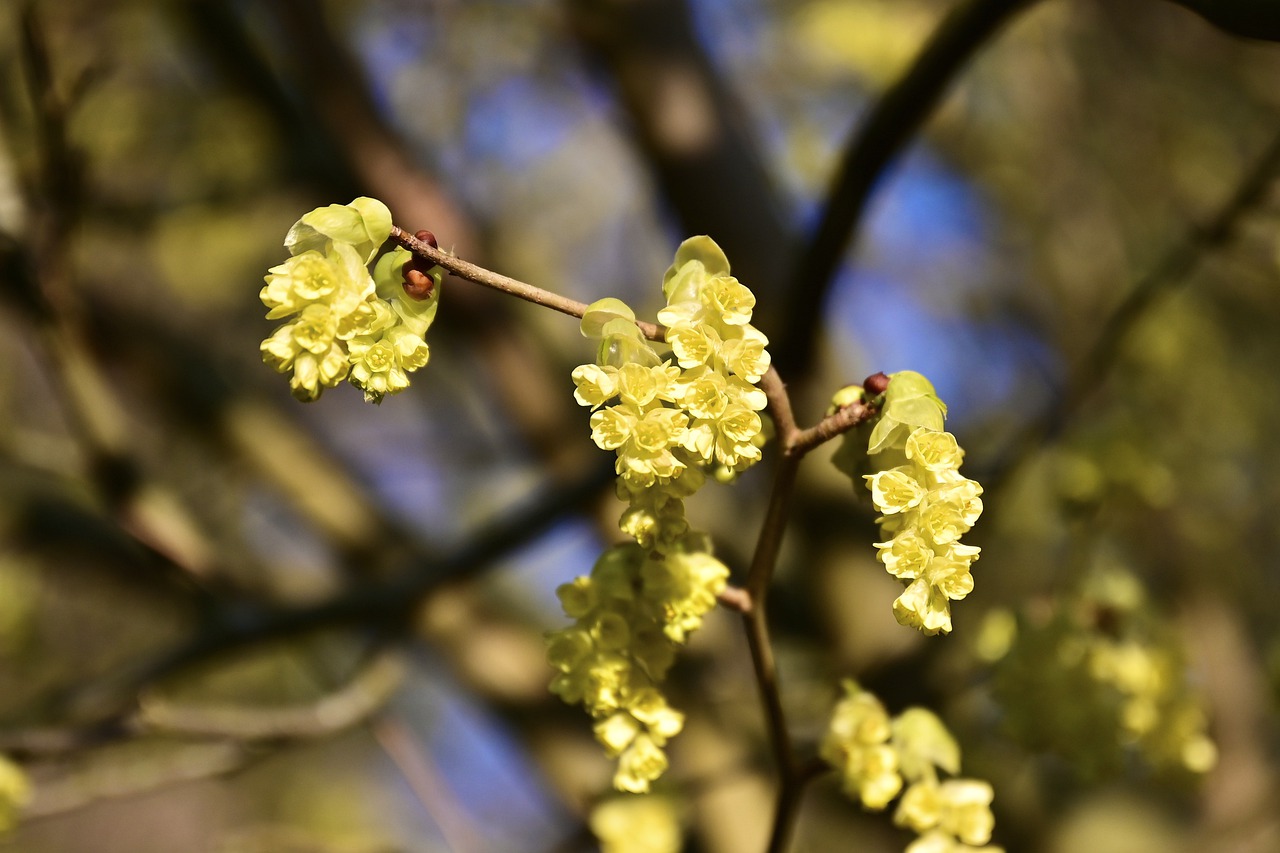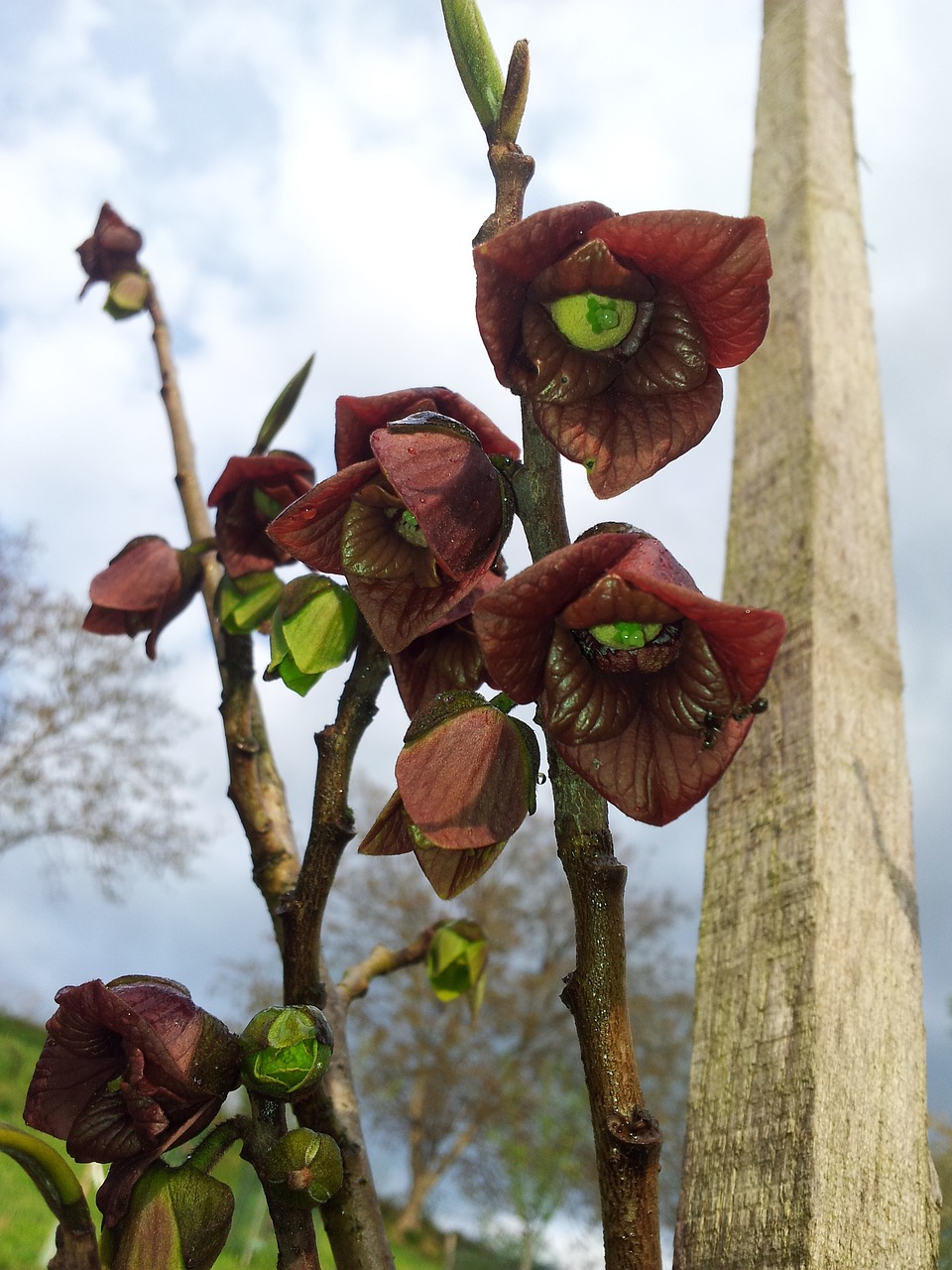For National Pollinator Week, Think Trees!
For National Pollinator Week, Think Trees!

This week, June 21-27, is Pollinator Week. Pollinator Week is an annual event celebrated internationally to support pollinator health. It is a time to celebrate pollinators and spread the word about what can be done to protect them. It is an ideal time to learn more about pollinators, identify the best plants and trees for pollinators in your area, and incorporate best practices to protect, harbor, and feed pollinators.
When we hear “pollinators,” we immediately think of bees. Did you know that bees, despite their small size, are vitally important to our food supply? As pollinators, bees transfer pollen, thus ensuring that plants and crops develop fruit and seeds for us to consume. However, bees are not the only keystone species that we depend on, we also need other pollinators such as butterflies, moths, beetles, flies, and birds, including hummingbirds. About 80 percent of the world’s flowering plants depend on pollinators (the others are wind pollinated). According to Cornell University, pollinators are responsible for every third bite of food we eat. In other words, one out of every three bites we eat is the direct result of a pollinator’s work.
Unfortunately, pollinator populations have declined due to pesticides, habitat loss, and disease. Gardeners who are aware of this problem have deliberately planted flowering perennials and annuals to provide pollen (protein) and nectar (carbs) for pollinators. Because of their dramatic 90 percent decline in population over the past 20 years, monarch butterflies have received quite a lot of support. Many gardeners are planting milkweed – the one and only plant for monarchs –and/or trying to produce more butterflies with home kits. Bees too have received national attention. Nurseries promote bee-friendly flowers, and gardeners have planted bee magnets such as Joe-pye weed (Eupatorium), goldenrod (Solidago), and gayfeather (Liatris).
These efforts have helped the pollinators, and certainly gardeners have come to appreciate the importance of pollinators. However, an overlooked source of food and protection for pollinators are trees. Trees provide more flowers, plenty of foliage for larva (caterpillars), and a large infrastructure to hold hives and nests. Because of the number of flowers a canopy provides, trees such as linden and black locust provide more pollen and nectar compared to annuals and perennials. Plus, as homeowners move from house to house, the herbaceous landscape may change, but usually the trees and their tiny inhabitants remain.
Another reason to plant trees is that certain pollinators require specific tree species or genera. Similar to the monarch butterfly’s relationship with milkweed, the spicebush swallowtail caterpillar only feeds on spicebush (Lindera benzoin) and sassafras (Sassafras albidum). The zebra swallowtail caterpillar only feeds on young paw paw leaves (Asimina spp.) and the pink-striped oak worm moth gets its name from its preference for oaks (Quercus spp.).

To learn more about trees, visit the National Garden Clubs, Inc., website and look for “trees,” in the “Gardening, Horticulture and Environmental Concerns” section. To learn how to attract and support pollinators in your garden, visit Pollinator Partnership, sponsors of Pollinator Week. Pollinator Partnership’s mission is to promote the health of pollinators, critical to food and ecosystems, through conservation, education, and research.

 Member Login
Member Login






